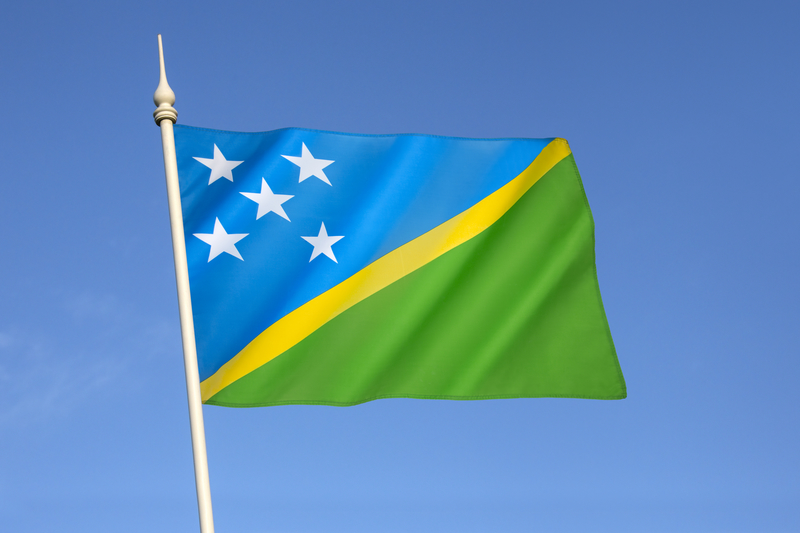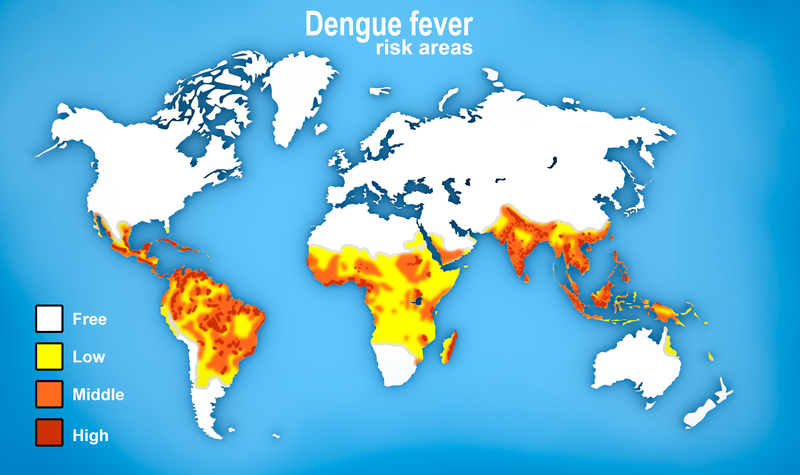10 Signs Of Dengue Fever And What It Means
Dengue fever is a viral disease contracted through infected mosquitos. Primarily prominent through the tropics and subtropics of the world, there are only preventative measures residents and tourists can take to avoid being bitten. There is no known cure for the disease, so treatment measures are geared toward relieving symptoms. A correct diagnosis is required because signs of the disease mimic other unrelated conditions.
10. Outbreak 2016

An outbreak was declared in the Solomon Islands in October 2016 after cases of dengue fever continually rose for three months. Initially limited to Honiara and Guadalcanal, the declaration grew to include other nearby provinces eleven days later. In total, a reported 1,212 cases were examined, with the majority of patients being under the age of fifteen and between the ages of twenty-five and forty-nine. The male to female ratio was similar. The number of aerial sprays was ramped up by the government.
9. Prepare To See The Doctor

Patients often have many questions to ask about this rare disease, so bringing a notepad to the doctor’s office if recommended. Some things patients need to know include the treatments offered, how long the symptoms will last, and if there are any long-term effects. A doctor will likely need to know a patient’s travel history, personal information, and current medications. He or she will want to know all of the symptoms, when they first appeared, and their severity.
8. Treatment

A vaccine was introduced, but its effectiveness has not been proven. The only treatment is to alleviate immediate symptoms by taking pain relievers. If vomiting and a fever persist, it is important to stay hydrated by drinking fluids and getting plenty of rest. Severe dengue may require a stay in the hospital, fluids through intravenous, electrolyte replacement, blood pressure monitoring, and possibly a blood transfusion to replace any lost.
7. Diagnosis

A correct diagnosis of dengue fever requires a physical exam and additional tests. Some of the things doctors will look for are an enlarged liver, low blood pressure, a rash, red eyes, an irritated throat, swollen glands, and a quick, weak pulse. Further tests include those of the blood, arterial blood gasses, electrolytes, red blood cells, liver enzymes, and platelets. Serum studies, coagulation studies, a tourniquet test, and a chest x-ray may also be conducted.
6. Prevention In High-Risk Areas

When traveling in high-risk countries, the key is to avoid being bitten by mosquitos. Choose accommodations equipped with window screens or an air conditioner. Make sure long clothing is worn, especially in areas known for large populations of the insects. Regular use of bug repellent is critical and is available for both clothing and the skin. To avoid attracting mosquitos, remove their prime targets, like anything that collects standing water.
5. Prevention In Low-Risk Areas

Warm climate and bodies of water are prime breeding grounds for mosquitos. In countries like Canada and the United States where the risk of coming across an infected bug is relatively low, it is still important to take precautions. Covering up exposed skin, using insect repellent, and lighting citronella candles at night all help minimize the chance of being bitten by mosquitos. Using an indoor air conditioner can also assist with keeping mosquitos away.
4. Dengue Hemorrhagic Fever (DHF)

Severe dengue is called Dengue Hemorrhagic Fever (DHF) and dates back to the 1950s. An outbreak took place in the Philippines and Thailand but is now more prominent in the countries of Asia and Latin America, where it is one of the main contributors to hospitalization and death. The symptoms of DHF are similar to dengue fever but can lead to complications like circulatory system failure, shock, and death. The accompanying fever can last from two to seven days.
3. Areas Of Risk

Widespread in the Caribbean, including Puerto Rico, the areas of highest risk for contracting the disease are the Indian subcontinent, Southeast Asia, Southern China, Taiwan, The Pacific Islands, Mexico, Africa, and Central and South America. There is a minor risk in the United States, but diagnoses were made during an outbreak in Key West, Florida, in 2009. Greater overseas travel and climate change are increasing the risk for the spread of dengue fever in North America.
2. Further Symptoms

Warning signs require immediate medical attention for those spending time in a high-risk area. When full-blown symptoms arise, a patient will typically experience severe pain in the muscles and joints, extreme headaches, pain stemming from behind the eyes, a low white blood cell count, and continued bruising and bleeding from the nose and gums. Another rash may appear after the fever diminishes. The rash occurs as a result of the bleeding under the skin.
1. First Signs

When a person is bitten by a mosquito infected with the Dengue virus, it takes anywhere from three to fifteen days for initial symptoms to show up. Some warning signs include fever, fatigue, mood changes, cold, pallid skin, nausea, vomiting blood, elimination of black, tarry stools, bruising, bleeding from the nose or gums, and shortness of breath. After about two to five days following a fever, a rash or red spots on the skin may develop.
